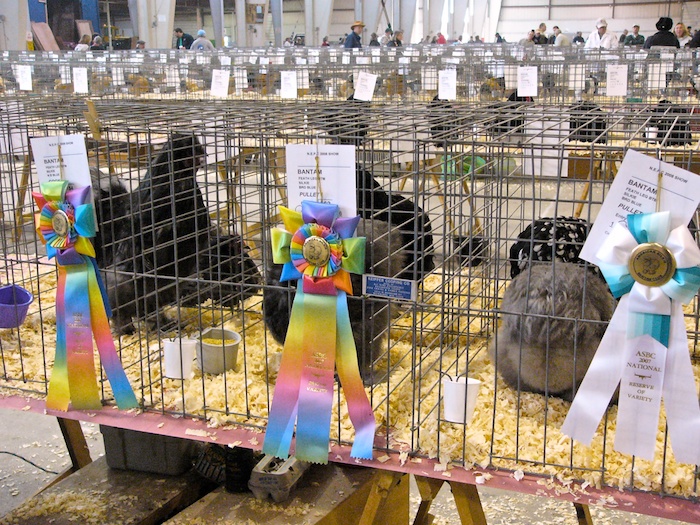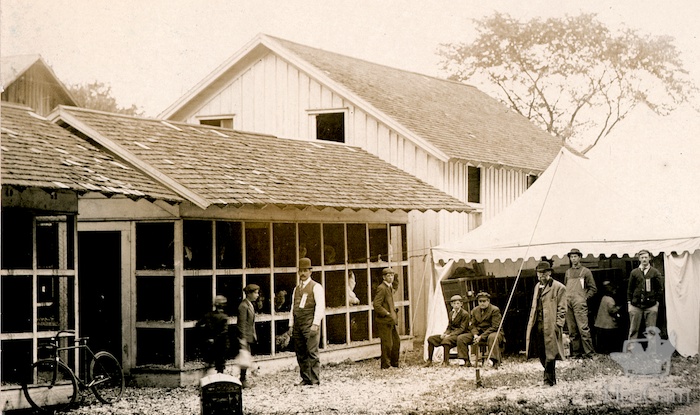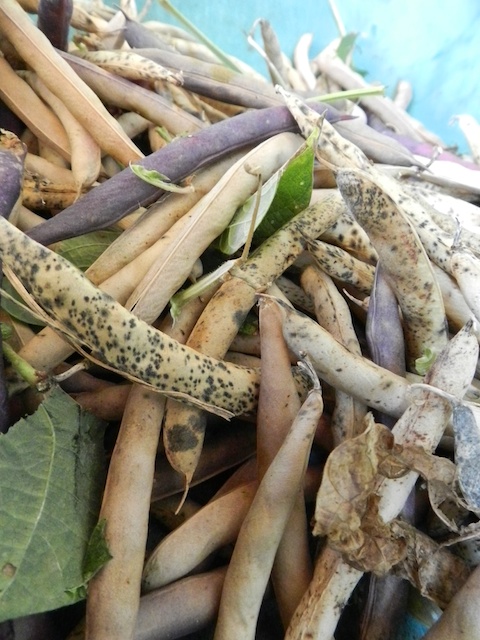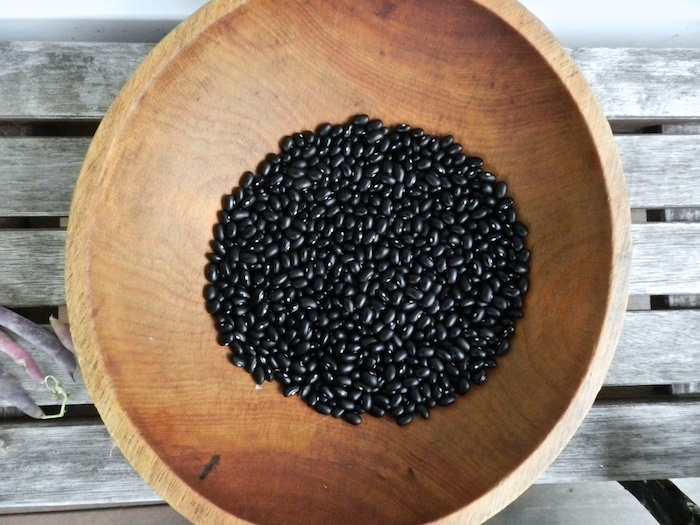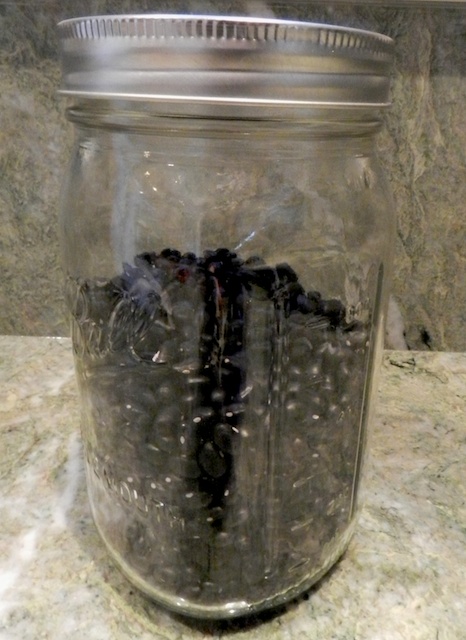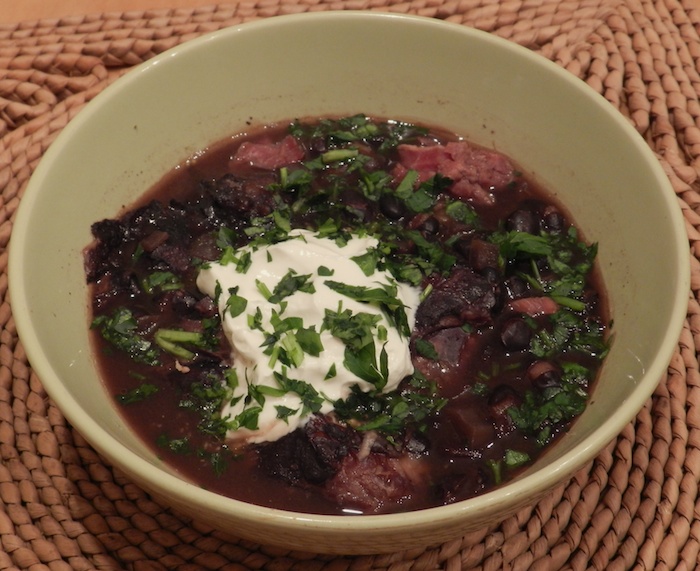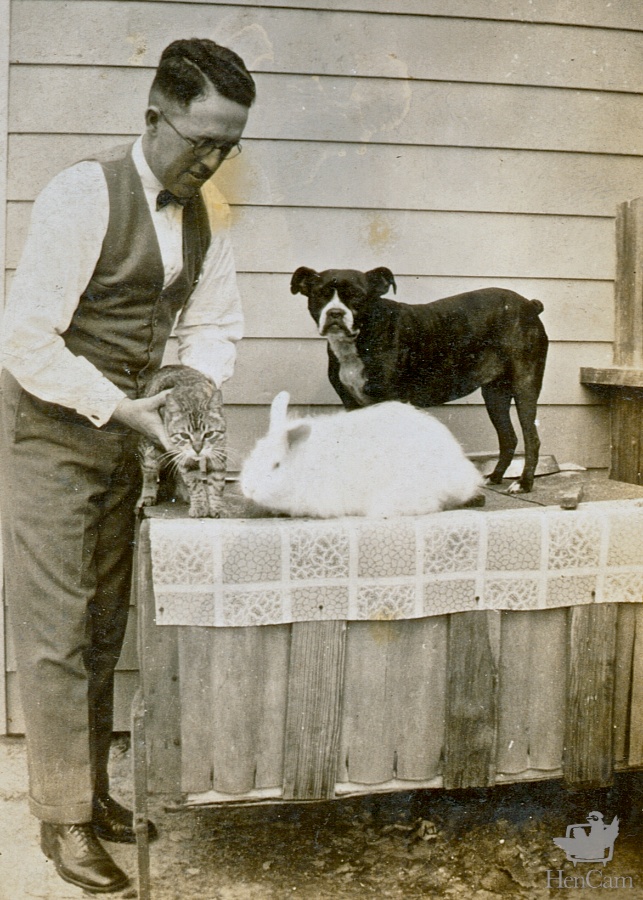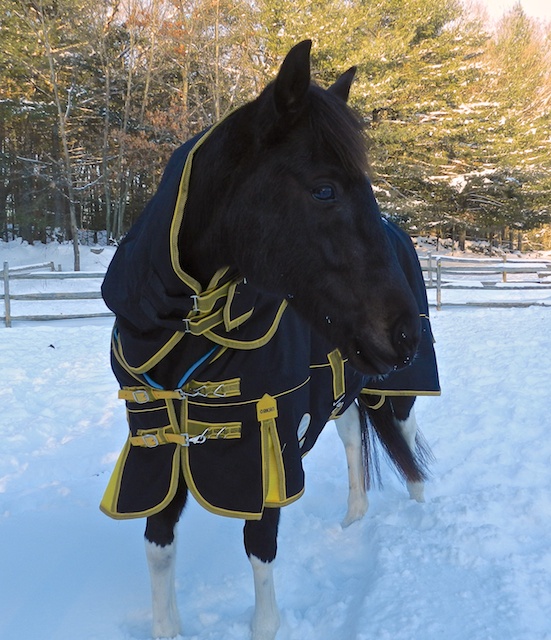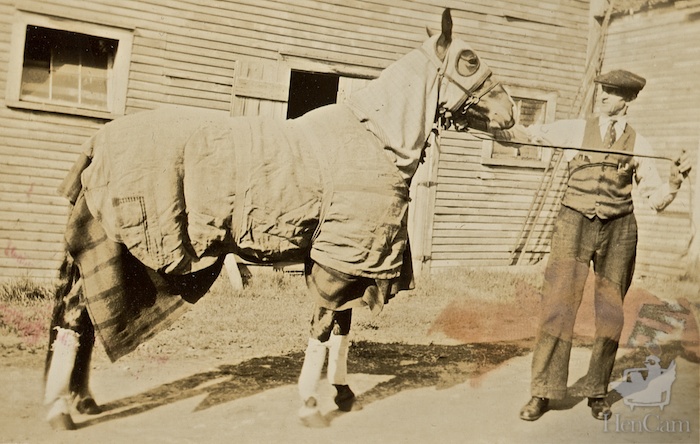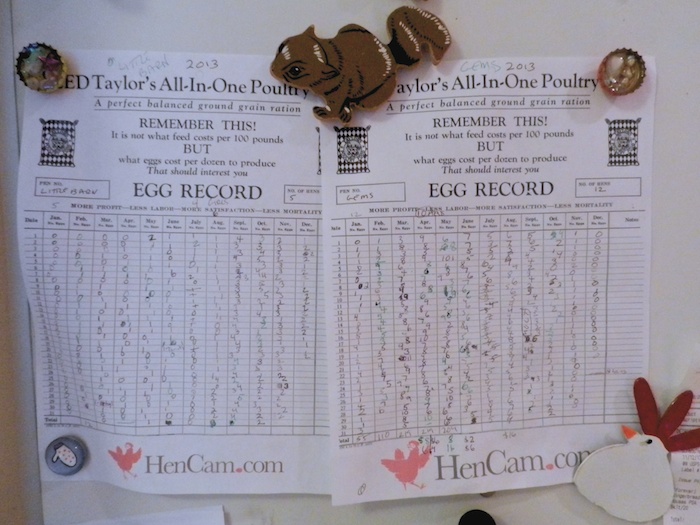I don’t have any interest in competing my birds at poultry shows, but I do like going. I’m fortunate to live less than two hours from one of the largest poultry shows in the country, The Northeastern Poultry Congress. Have you ever been to a flower show in the dead of winter? For which a dark and dreary convention hall is transformed with blooms, and where gardeners go to dream and plan for the growing season? Well, a poultry show is like a flower show for chicken people. This weekend, at the Congress, there will be thousands of birds to look at, a huge raffle to enter, and booths to peruse.
I’ll be there! Look for me to the side of the hall, where I’ll have copies of my books for sale. Special for the Poultry Congress, I’ll have my books of vintage photographs on sale for Half Off at $10 each. (Saturday only, and only at the show.) I’m going to bring a couple of extra chairs so that you can stop by and chat for awhile. Let me know if you’re coming. I hope to see you there!
If you are coming to this, or any poultry show, it’s important to take precautions to protect your own flock. Chickens can look perfectly healthy, they could even be ribbon winners, but still be carriers of disease. Poultry carry both viruses and bacteria in their droppings, their dander and in their breath. I’ve seen chickens with obvious cases of fowl pox (a virus that causes spots and lesions on combs) in the show cages. Use common sense. Do not wear the same shoes to the show that you wear out to your coops. Do not wear your barn coat. When you get home, wash your clothes. This is basic biosecurity. It’s a lot easier to do these days, what with our large wardrobes of clothes that can go right into the washing machine. Imagine how hard it was back in the early twentieth century, when poultry shows were at the height of their popularity. (Of course, in those days, they didn’t know about biosecurity and those coats might have been washed once a year. Maybe.)
I hope to see you at the Poultry Congress on Saturday, January 18! (I’ll be wearing a new, black winter coat, that I never wear to the barns.) For a link to the Poultry Congress site, with directions, go to my Events page.
